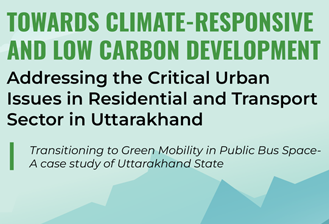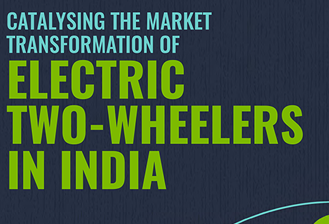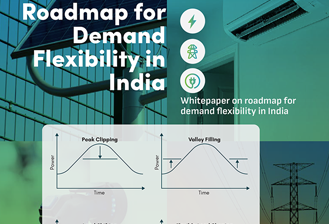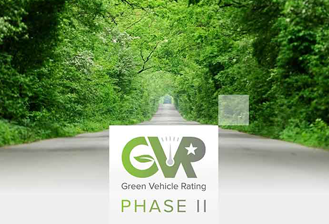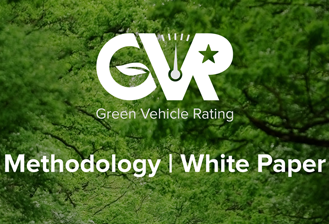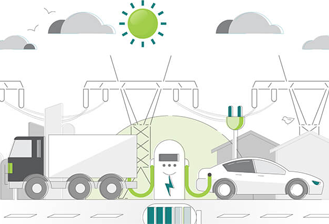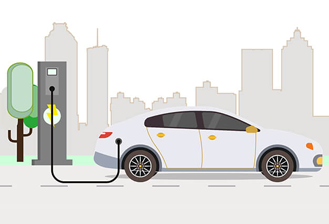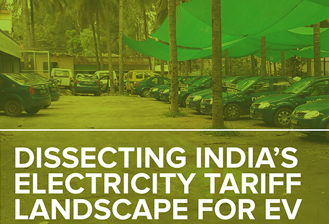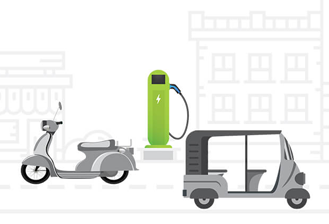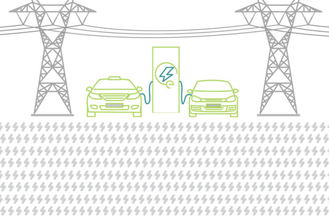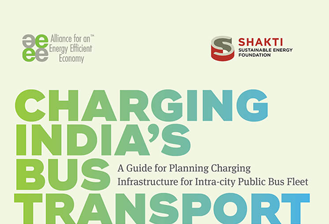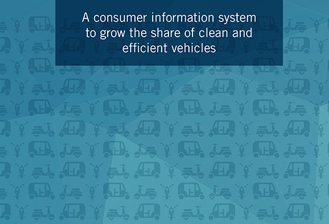About the Programme
In today’s carbon-constrained world, the electricity sector is responsible for about a quarter of human-caused greenhouse gas emissions. In India, the electricity demand is set to increase at a faster pace in the next decade. Amid the efforts to decarbonise the power generation, rapid electrification for decarbonization is underway in several key sectors like transport. In particular the transport sector seeks to reduce emissions by replacing traditional ICE vehicles with Electric Vehicles (EVs). In this revolution of the electricity sector throws some serious challenges as well as opens a new frontier of opportunities. As sectors are getting remolded, the synergy between different players to cater to the energy requirements of the 21st century is critical. There is an opportunity to emphasise the role of Energy Efficiency in climate action and redefine the role of demand in the energy transition. The Power Utility and Electric Mobility Vertical at the forefront of carrying out incisive research on the energy transition to fill the critical knowledge gaps, facilitate in bringing regulatory reforms, attract investments and enable the creation of a vibrant and matured market.
Strategic focus area
Smart and Resilient Power Distribution
Smart management of electricity consumption with demand as a resource for grid decarbonisation
- Enable market for demand flexibility in India
- Accelerate utility-driven demand side management programs
- Beneficial electrification of end-use sectors
- Novel smart grid technologies and solutions impacting customer energy consumption
eMobility
Support decarbonization of the transport sector and facilitate just transition
- Foster innovation in low-carbon transport technologies
- All inclusive mobility planning and decision-making
- Market transformation for electric vehicles along with smart charging strategies
- Build partnerships and collaboration for the transition
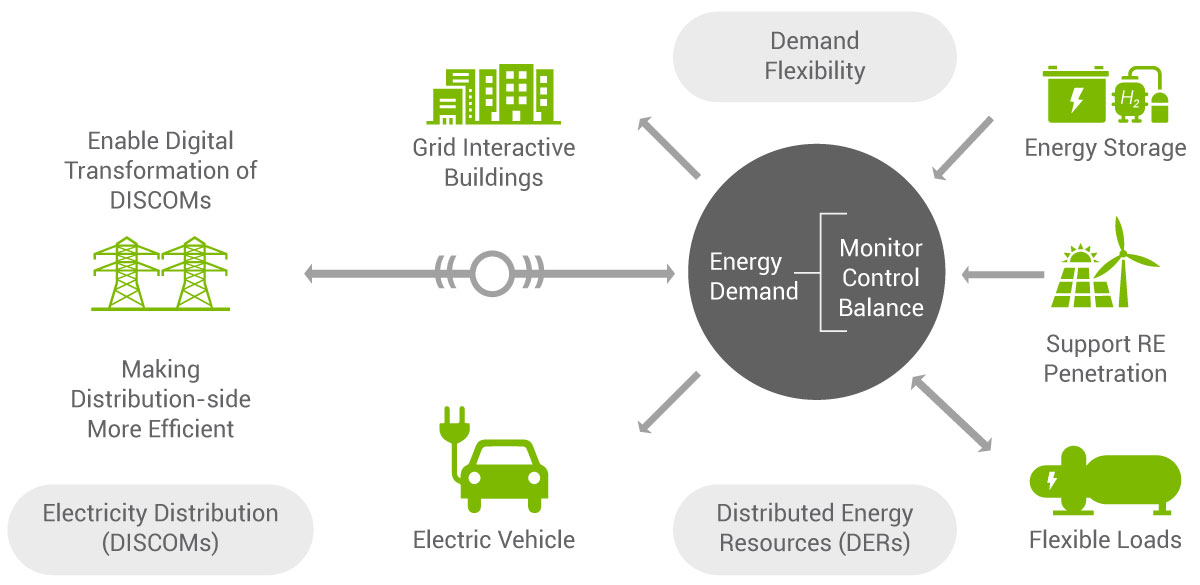
Flagship programmes
Green Vehicle Rating
Green Vehicle Rating serves as a consumer information tool that identifies high to low performing vehicle models (both ICE and EV), in two and three-wheeler categories, in terms of the negative impacts of greenhouse gas (GHG) emissions and criteria pollutants. Along with a comparative analysis of vehicle models, the GVR shows the external costs of pollution – both GHGs and criteria pollutants. GVR broadly serves three functions:
- To find the rating of vehicle models based on their environmental performance
- To inform/ educate the buyers about the health and environmental costs of vehicular emissions
- To inform the buyers about the real cost of owning the vehicle
Reports and Research
Must Read
Why Indian grid operators need to acknowledge demand flexibility for optimal grid operation
The peak demand levels and electricity consumption of India are yet to peak. The main drivers for this increase in demand levels are the increasing appliance penetration resulting from rising building stock, along with significant uptake of electric vehicles (EVs) and other distributed energy resources (DERs) like solar PV and storage.
